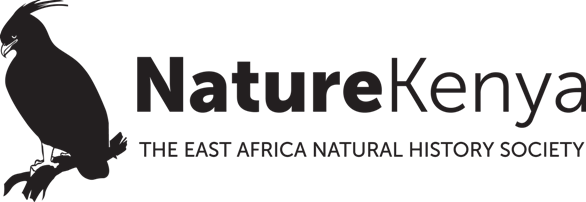Every year, millions and millions of birds undertake a perilous journey across continents in search of food and good breeding sites. This journey, often covering thousands of kilometres, is called bird migration. Not all birds manage to survive this trip, let alone returning to their home countries. Many dangers await them as they fly over land and sea.
Climate change is one of the threats facing migratory birds. Climate change is already adversely affecting weather patterns. In Europe, where many of our migratory birds come from, it is causing warmer winters and earlier springs. By the time migrant birds arrive on their breeding grounds, the first flush of new leaves and the caterpillars that feed on them may already be over, so less food is available for parent birds with babies in the nest. Here in Africa, climate change is responsible for droughts leading to desertification. Migrating birds are being forced to fly across an area of deserts which keeps on increasing every year.
Changes in land use is another threat to migrating birds. Many common birds have for thousands of years lived alongside humans. However, farming methods have changed over the past few years. Vast tracts of land have been cleared for agriculture to cater for the growing demand for food. The use of chemicals to control pests and weeds has increased. As a result, birds have been left with fewer undisturbed spaces to forage for food and nest.
Cities and towns have expanded, leaving less space for birds to feed and rest. Tall buildings, roads, railways, power lines, wind turbines, and power transmission masts also present barriers to migrating birds. Wrongly placed infrastructure has been linked to the deaths of thousands of migratory birds every year.
Illegal hunting, trapping and killing also account for these birds’ population decline. Around half a billion (500 million) birds are killed by shooting or trapping as they migrate through the Mediterranean each year. Many of these birds belong to species that are already growing rare. This kind of hunting is often against the law, and against international agreements for the protection of migrating birds, but the people who do it often think they have a traditional right to kill birds.
The World Migratory Bird Day is marked each year in May and October. This day is dedicated to raising awareness on issues affecting migratory birds. It is also used to inspire people and organizations around the world to take action for the conservation of these birds. The Convention on Migratory Species (CMS) and the African-Eurasian (Migratory) Waterbird Agreement (AEWA) – two intergovernmental wildlife treaties administered by UN Environment – organize this campaign in cooperation with Environment for the Americas (EFTA). Site Support Group (SSGs) across the country’s Key Biodiversity Areas (KBAs) joined the rest of the world in marking this day. Over 5,000 community members in Dunga Swamp, Yala Swamp, Arabuko-Sokoke Forest, Dakatcha Woodland, Tana River Delta, Kinangop grasslands, Mt. Kenya Forest, Taita Hills forests, and Mida Creek, among other sites, participated in events to commemorate the day.
Spring Alive is another awareness campaign targeting migratory birds, undertaken annually by BirdLife International partners, including Nature Kenya. Spring Alive features indoor and outdoor activities for children, schools and the wider community to promote interest in nature and the conservation of migratory birds. Participants are encouraged to visit the project website (www.springalive.net) to post their first sightings of five migratory bird species: Barn Swallow, White Stork, Common Cuckoo, Common Swift, and Eurasian Bee-eater. Through posting their records on the website, bird watchers from Europe, Central Asia and Africa help create a real-time map of the incredible journeys undertaken by these birds every year

